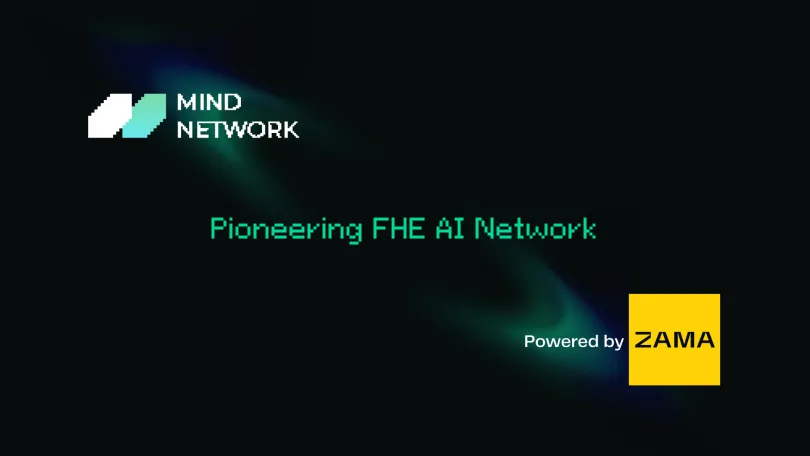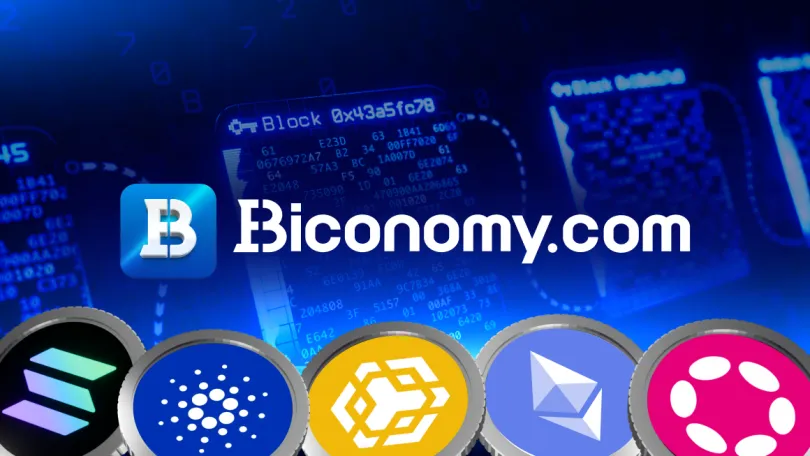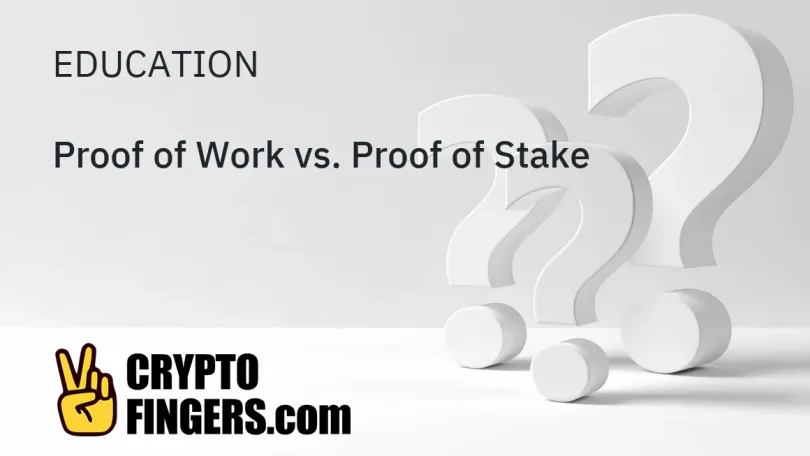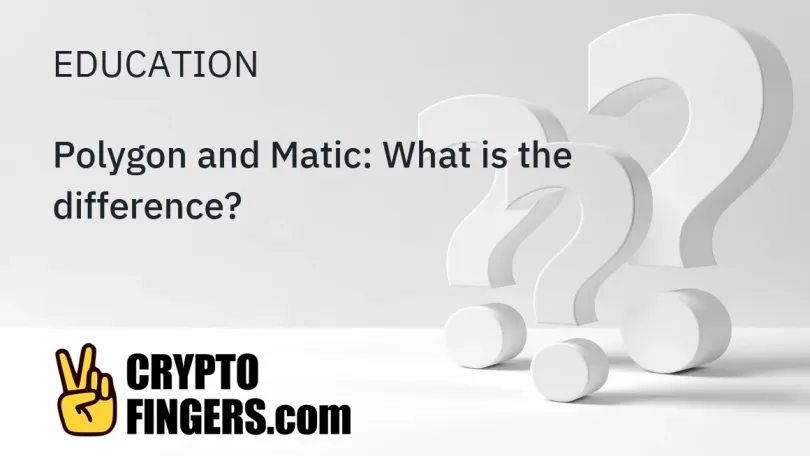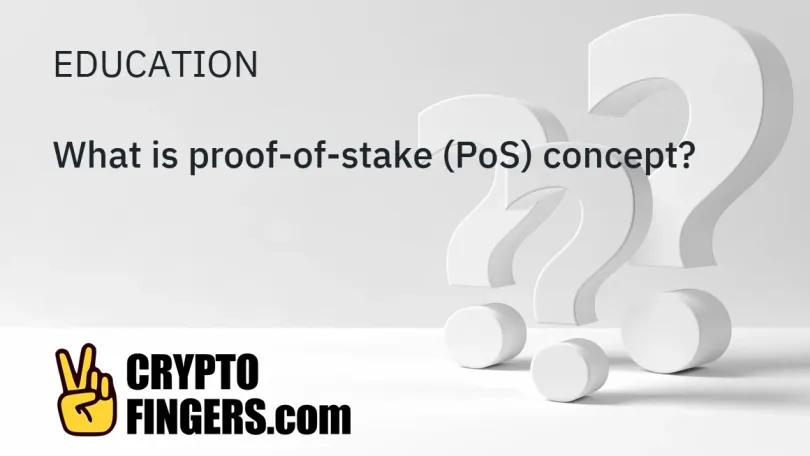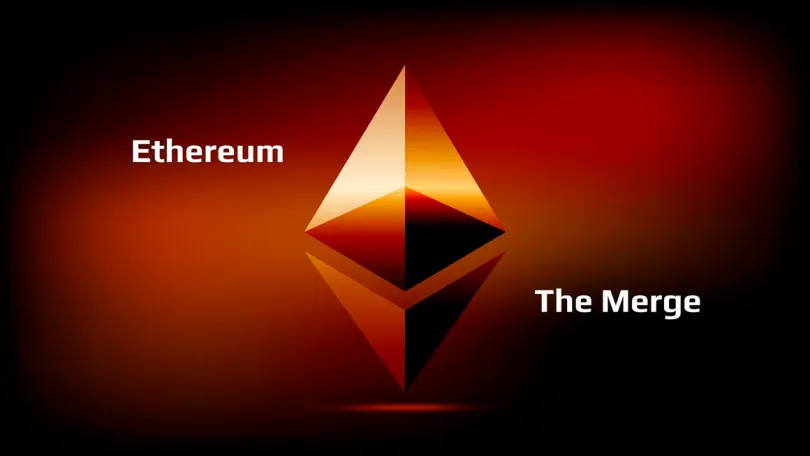Proof of Stake (PoS) is a consensus mechanism utilized in the world of blockchain and cryptocurrencies that differs significantly from the traditional Proof of Work (PoW) system. Instead of miners solving complex mathematical puzzles to validate transactions and create new blocks, PoS allows validators to create new blocks based on the number of coins they hold and are willing to "stake" as collateral. This means that individuals who own a significant amount of a particular cryptocurrency can participate in the transaction validation process, thus promoting a more energy-efficient and potentially more scalable system.
In the PoS model, validators are chosen to create new blocks based on various factors, including the amount of cryptocurrency they have staked and the duration for which they have held it. A major advantage of this system is its environmental efficiency; it significantly reduces the energy consumption associated with mining activities. With Ethereum transitioning from Proof of Work to Proof of Stake, the blockchain community has witnessed increased interest in this model as a solution to the energy crisis many cryptocurrencies face today.
People engage with Proof of Stake in various ways. For instance, investors can participate in staking pools, where their coins are combined with those of others, maximizing the chances of successfully validating a block and receiving rewards. This method lowers the barrier to entry, allowing more individuals to benefit from the process without needing to hold large amounts of cryptocurrency alone.
Staking can also be an attractive option for those looking to earn a passive income. By locking their assets in a staking wallet, users can receive rewards over time, contributing to both their financial growth and the security of the network. The more coins staked, the higher the likelihood of generating rewards, creating an incentive for users to hold onto their assets rather than trading them.
As the adoption of Proof of Stake grows, various projects and networks are exploring its potential benefits. Not only does it foster greater decentralization of power by allowing more individuals to participate, but it also enhances transaction speed and efficiency. Popular cryptocurrencies such as Cardano and Polkadot are built on PoS, showcasing its increasing prominence in the blockchain landscape.
For those interested in staying updated on the latest developments surrounding Proof of Stake and its implications for the crypto market, our site features timely news articles and insights. Delve into the world of blockchain and witness how Proof of Stake is shaping the future of digital currency.
Proof of Stake - PoS news
Trending news
- Artificial Intelligence (AI)
- Altcoins
- Bitcoin
- DeFi
- Ethereum
- Economy
- Market and Events
- Metaverse
- Mining
- NFT
- Regulation
- Web3
- show less
















